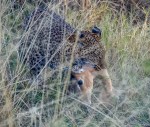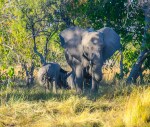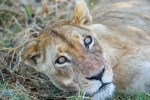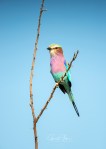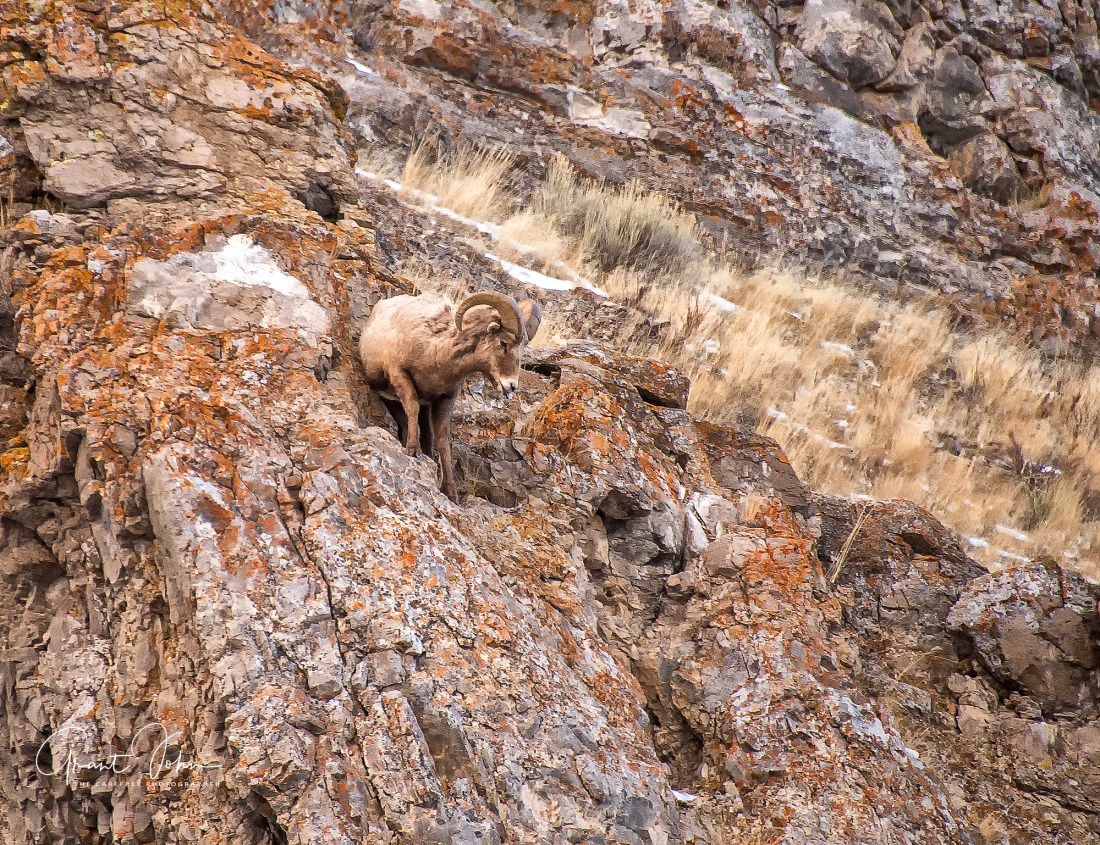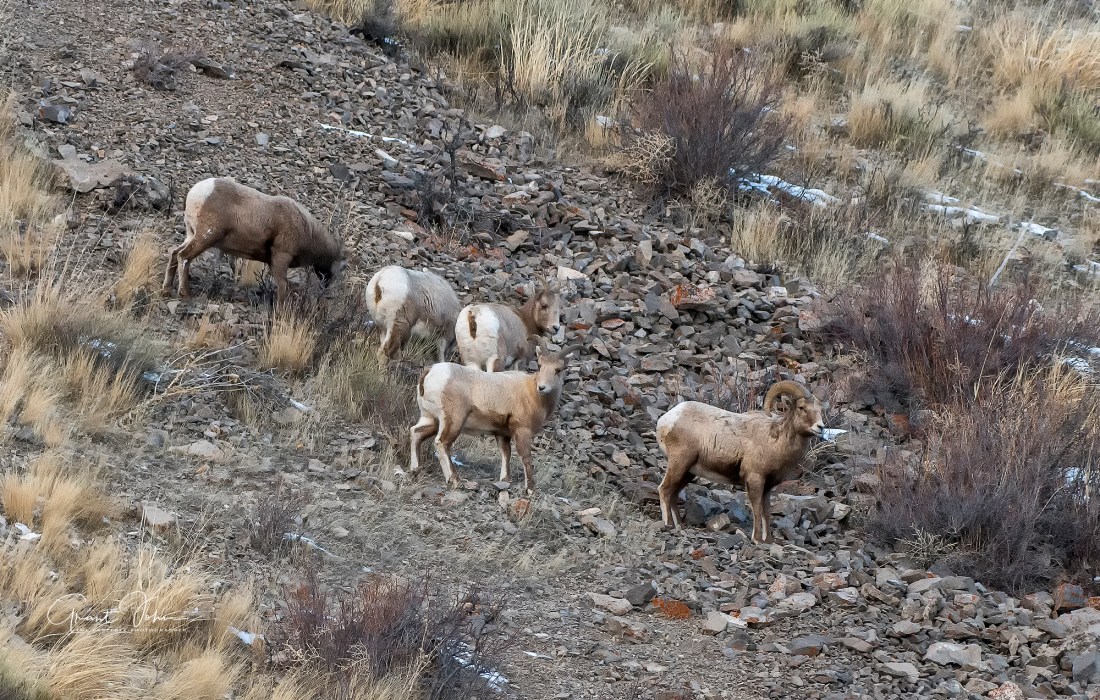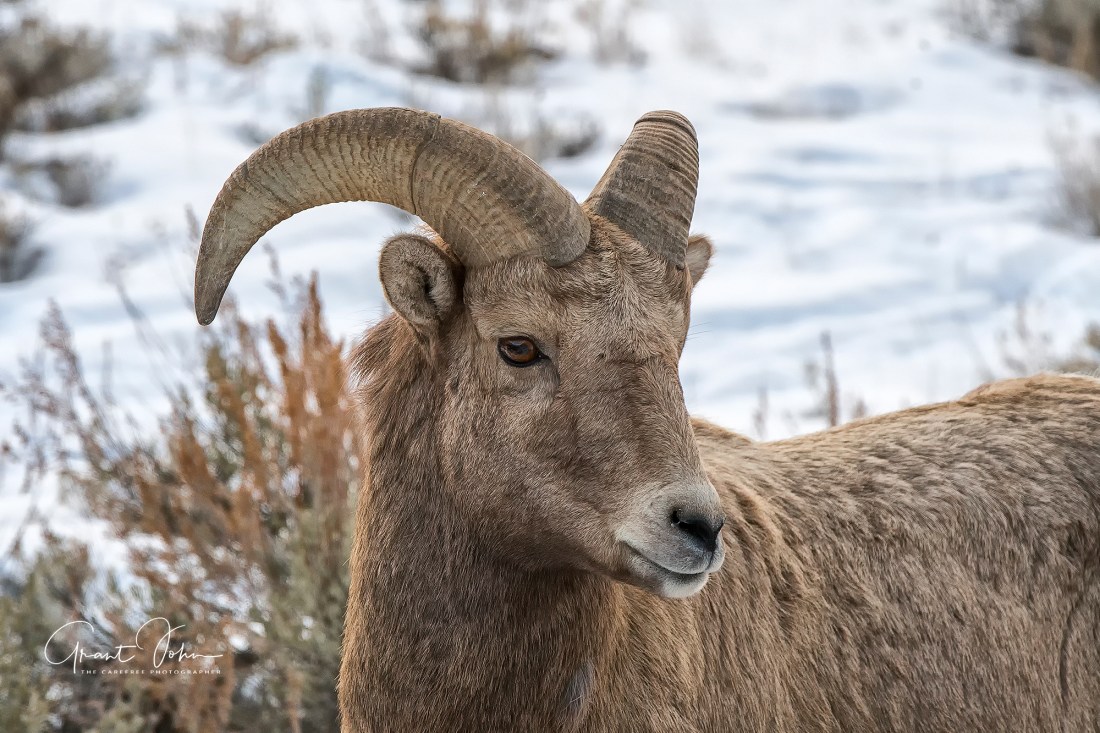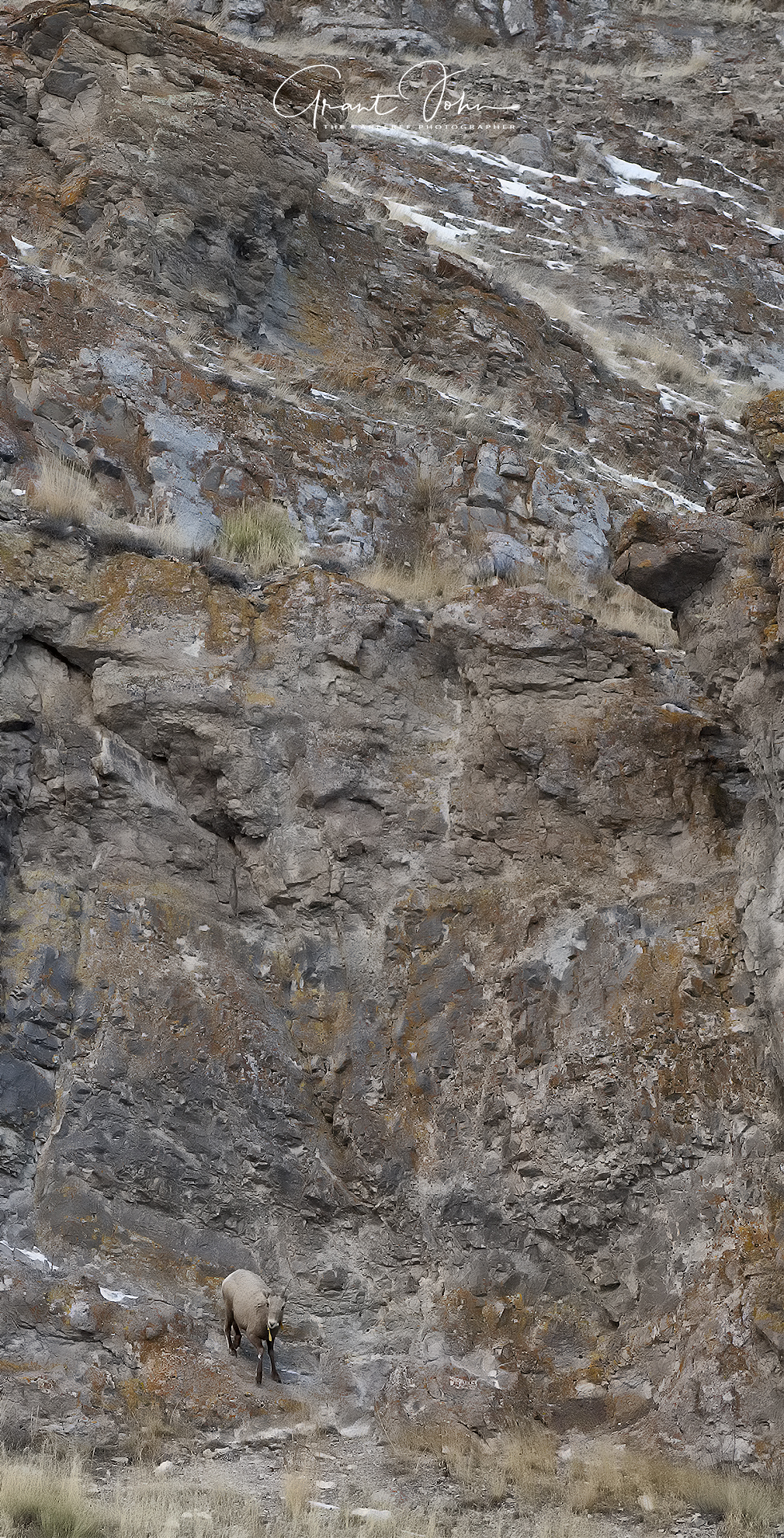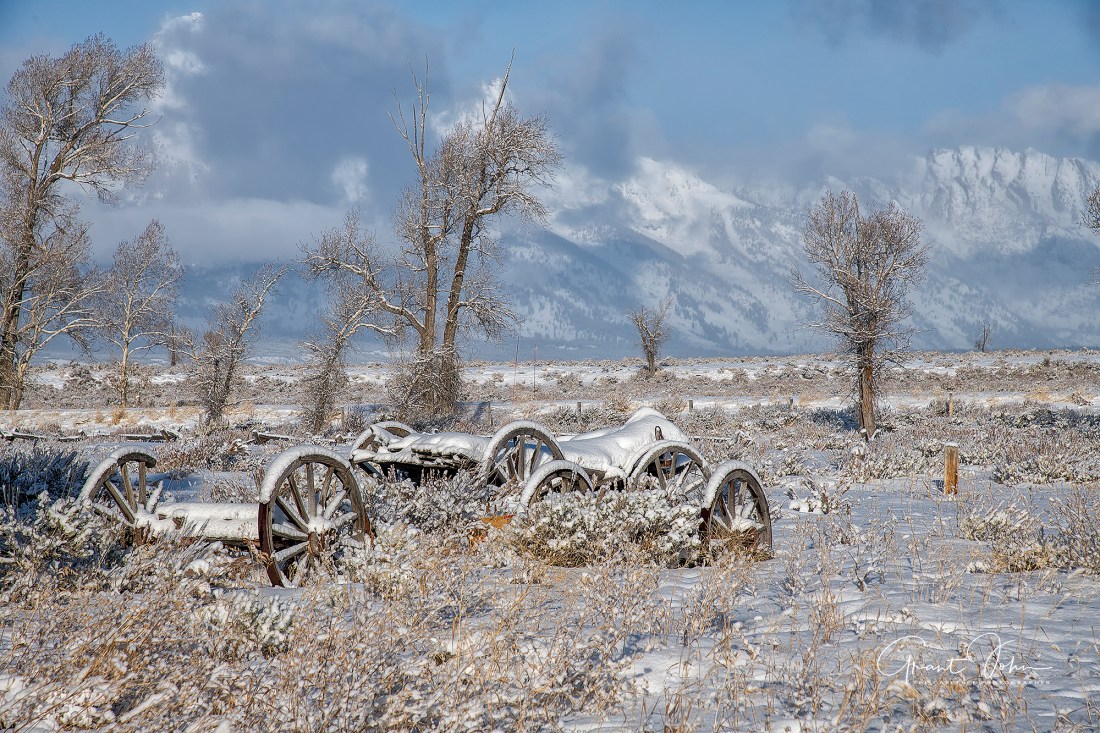The first time we saw the Okavango Delta was in May 2013 when we arrived by small airplane at Xakanaxa (ka-ka-na-ka) Camp, located in the Moremi Game Reserve north of Maun. The camp is situated on the Xakanaxa Lagoon and is surrounded by leadwood trees. There are twelve tented rooms for up to 24 guests, and the camp is considered to b a traditional safari camp with individual tents and centralized dining and relaxation.
Our experiences were generally positive, with a good assortment of game, decent food and accomodations, qualified guides and pleasant company. The primary negative about the camp is it’s location within Moremi National Park. Offroading and night driving is not allowed. In addition there are several nearby lodges, so we did encounter more vehicles than one would in a private reserve. Overall however the experience was a great introduction to the Okavango Delta.
Here are a few images from the camp.



